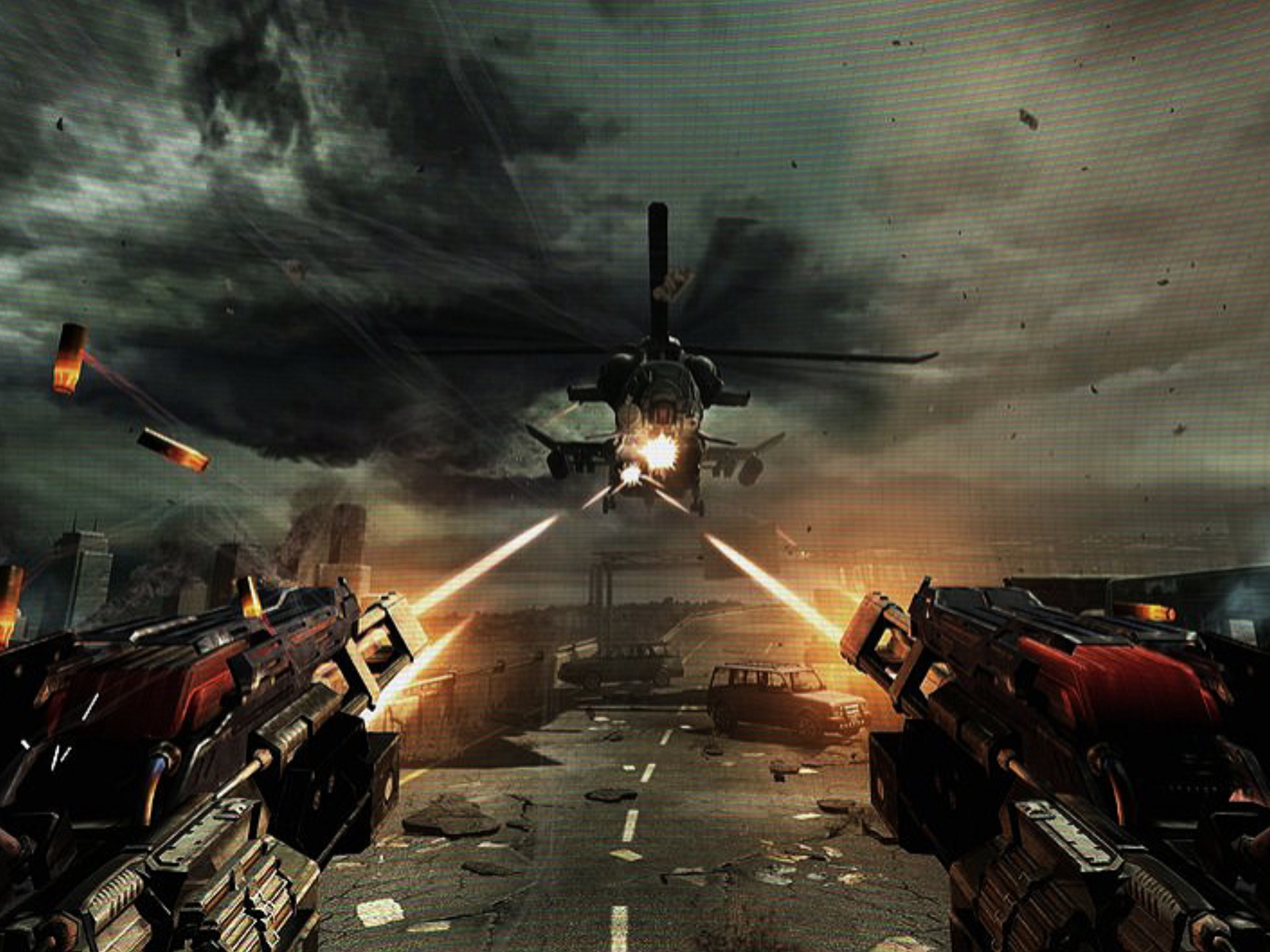Story Pacing: Too Fast, Too Slow, or Perfect?
Introduction
Pacing is one of the most critical yet often overlooked elements of storytelling. Whether in novels, films, or video games, the speed at which a story unfolds can make or break the audience's engagement. Too fast, and readers feel rushed; too slow, and they lose interest. But what makes pacing "just right"? This article explores the nuances of story pacing, common pitfalls, and techniques to achieve balance.
1. Understanding Story Pacing
Pacing refers to the rhythm and tempo of a narrative—how quickly or slowly events unfold. It influences tension, emotional impact, and reader investment.
Key Factors Affecting Pacing:
- Scene Length – Short scenes speed up pacing; long scenes slow it down.
- Dialogue vs. Description – Dialogue often feels faster, while dense descriptions slow the story.
- Chapter Structure – Cliffhangers accelerate pacing; reflective pauses decelerate it.
- Plot Complexity – More subplots or twists can quicken the perceived speed.
2. Signs of Poor Pacing
A. Too Fast Pacing
When a story moves too quickly:
- Readers feel disoriented – Important details are glossed over.
- Emotional moments fall flat – No time for characters (or the audience) to process events.
- Lack of tension buildup – Rushed conflicts feel unearned.
Example: A fantasy novel where the hero defeats the villain in three chapters without sufficient struggle.
B. Too Slow Pacing
When a story drags:
- Readers lose interest – Excessive exposition or filler scenes bore them.
- Delayed payoff frustrates – If the climax takes too long, the audience may abandon the story.
- Character arcs feel stagnant – Little progression makes the narrative feel stagnant.
Example: A mystery novel where the detective spends 200 pages interviewing irrelevant witnesses before finding a clue.
3. Finding the Perfect Pace
A. Balancing Action and Reflection
A well-paced story alternates between high-energy moments and quieter, introspective ones.
- Action Scenes – Move quickly with short sentences and punchy dialogue.
- Reflective Scenes – Slow down for character development and emotional depth.
Example: In The Hunger Games, Suzanne Collins balances intense arena battles with Katniss’s internal struggles.
B. Controlling Information Flow
- Drip-feed key details – Avoid info-dumping; reveal backstory gradually.
- Use cliffhangers strategically – End chapters or scenes with unanswered questions to maintain momentum.
C. Adjusting for Genre Expectations
- Thrillers & Mysteries – Faster pacing with frequent twists.
- Literary Fiction – Slower, more contemplative pacing.
- Epic Fantasy – A mix of slow world-building and fast-paced battles.
4. Techniques to Improve Pacing
A. Editing for Rhythm
- Trim unnecessary scenes – If a scene doesn’t advance plot or character, cut it.
- Vary sentence structure – Short sentences for urgency; long ones for depth.
B. Beta Reader Feedback
- Ask readers: "Did any part feel too slow or too fast?"
- Adjust based on where they skimmed or got bored.
C. Structural Tools
- Flashbacks & Time Jumps – Use sparingly to avoid disrupting flow.
- Parallel Plotlines – Intercutting between two stories can maintain engagement.
5. Case Studies in Pacing
A. Fast Pacing Done Right – The Da Vinci Code
Dan Brown keeps readers hooked with short chapters, constant clues, and relentless action.
B. Slow Pacing Done Right – The Lord of the Rings
Tolkien’s detailed world-building slows the story, but the payoff in epic battles and emotional depth justifies it.
C. Perfectly Balanced – Harry Potter Series
J.K. Rowling mixes school life (slower) with magical conflicts (faster), keeping readers engaged across seven books.

Conclusion
Pacing is an art, not a science. The "perfect" pace depends on genre, audience, and narrative goals. By understanding the signs of poor pacing and applying deliberate techniques, writers can craft stories that feel neither rushed nor sluggish—but just right.
Final Tip: Always revise with pacing in mind. Sometimes, a single deleted paragraph can transform a slog into a page-turner.
Tags: #Storytelling #WritingTips #Pacing #CreativeWriting #NovelStructure #Editing #Authors #WritersCommunity


















